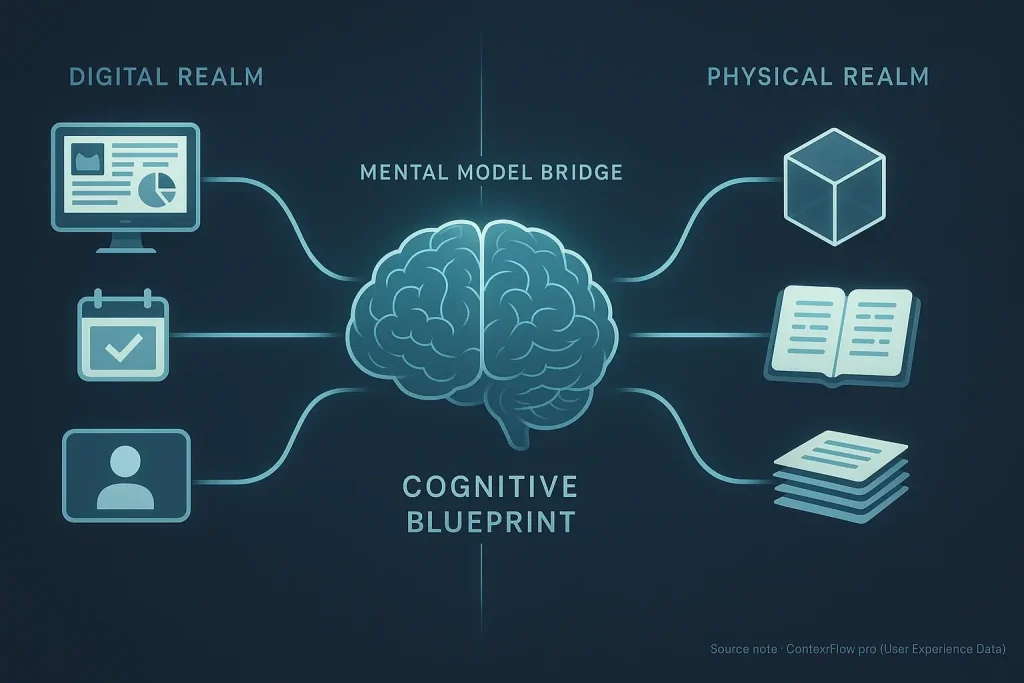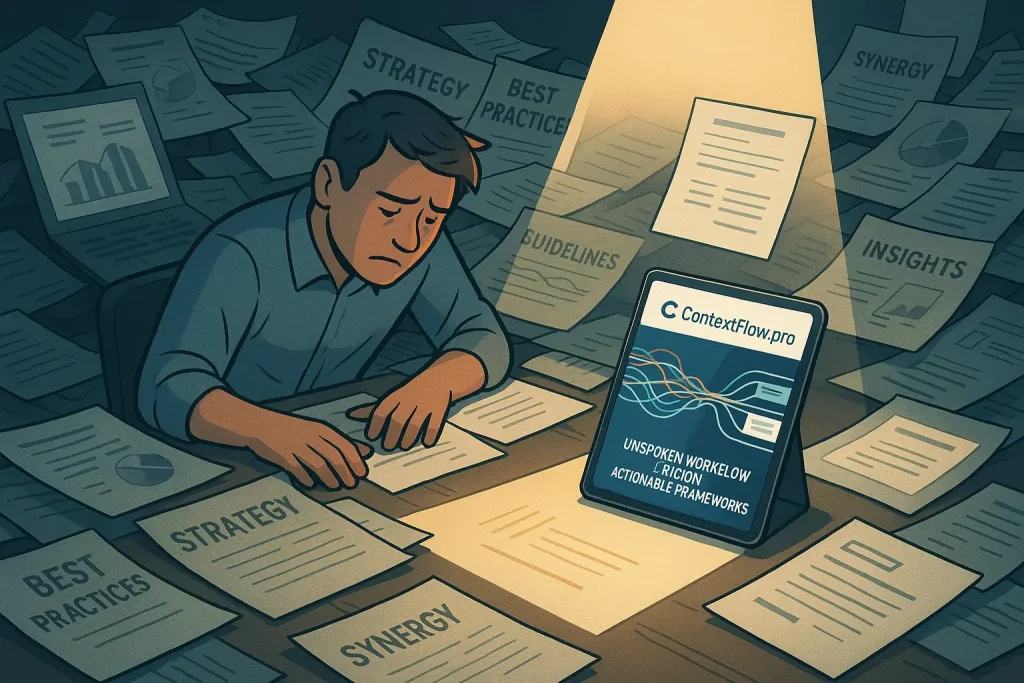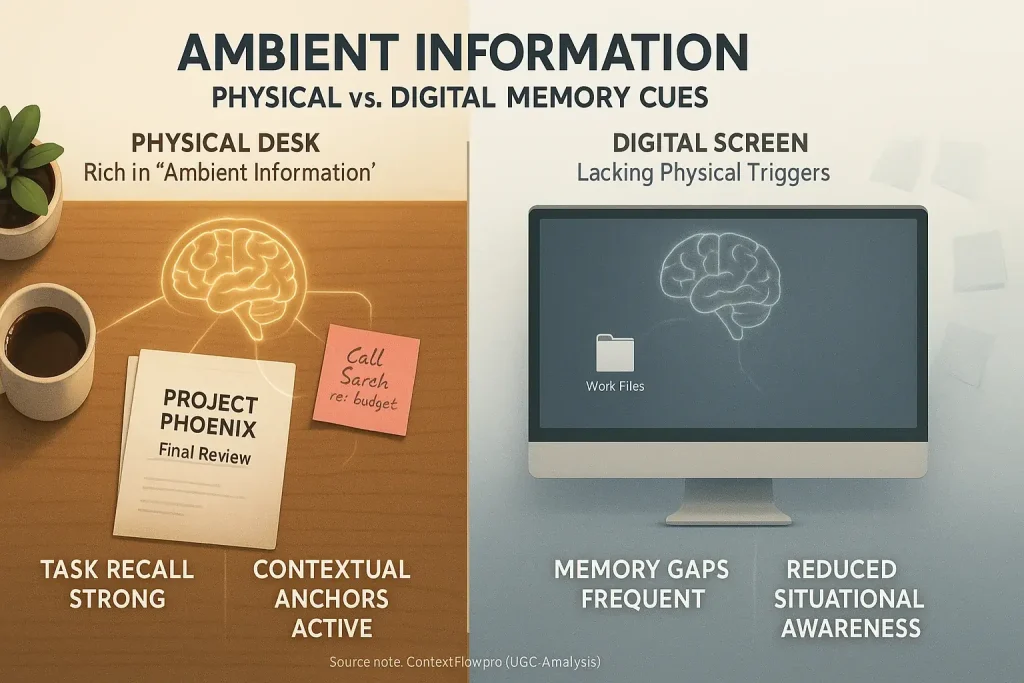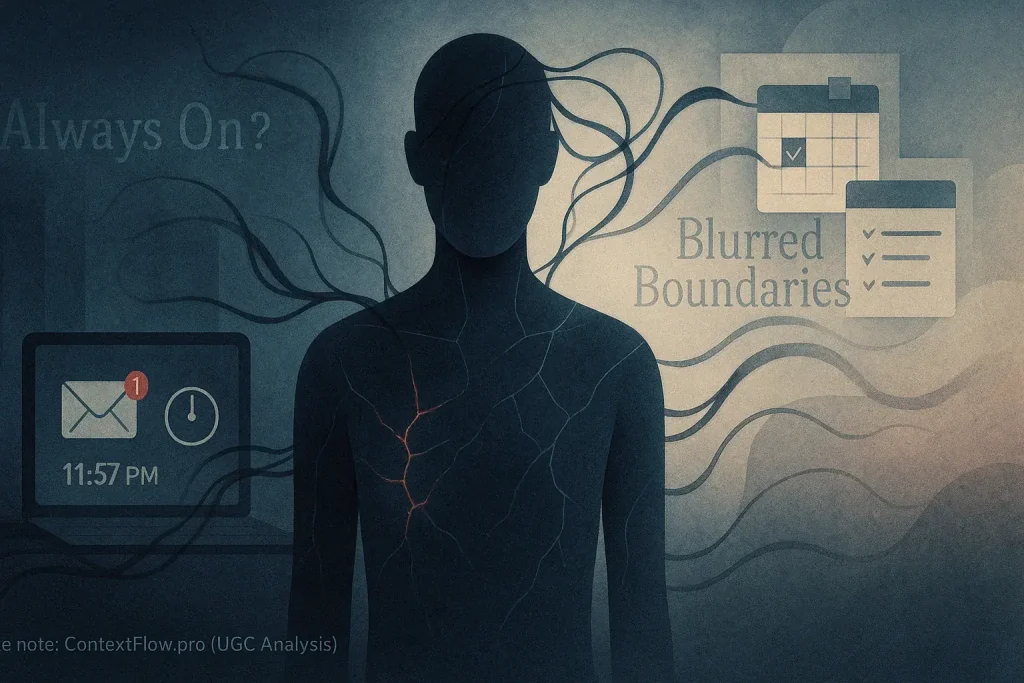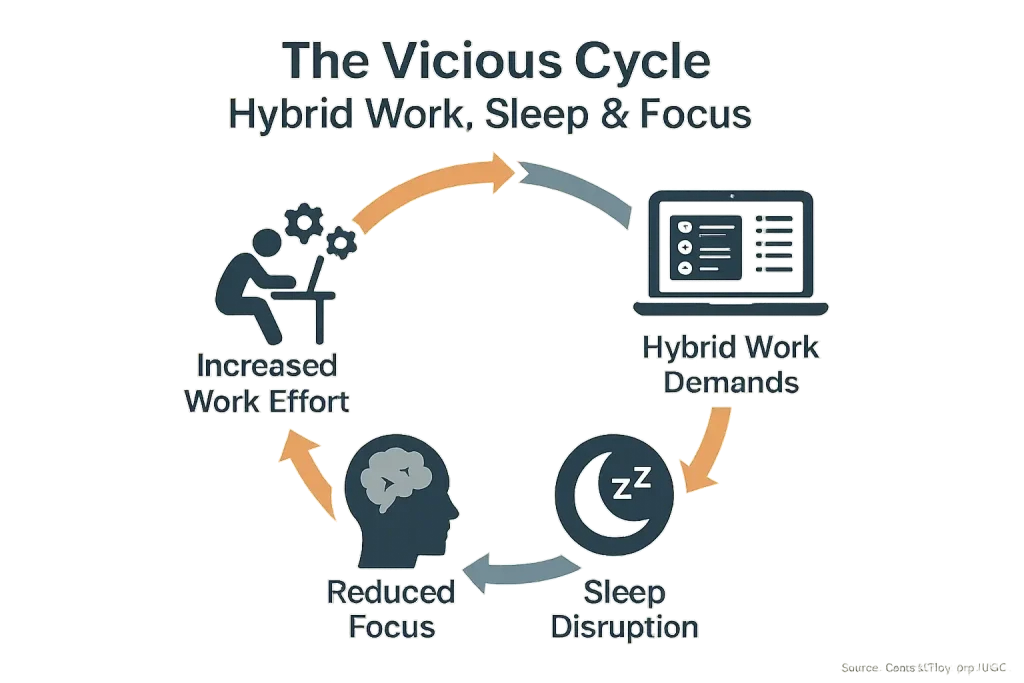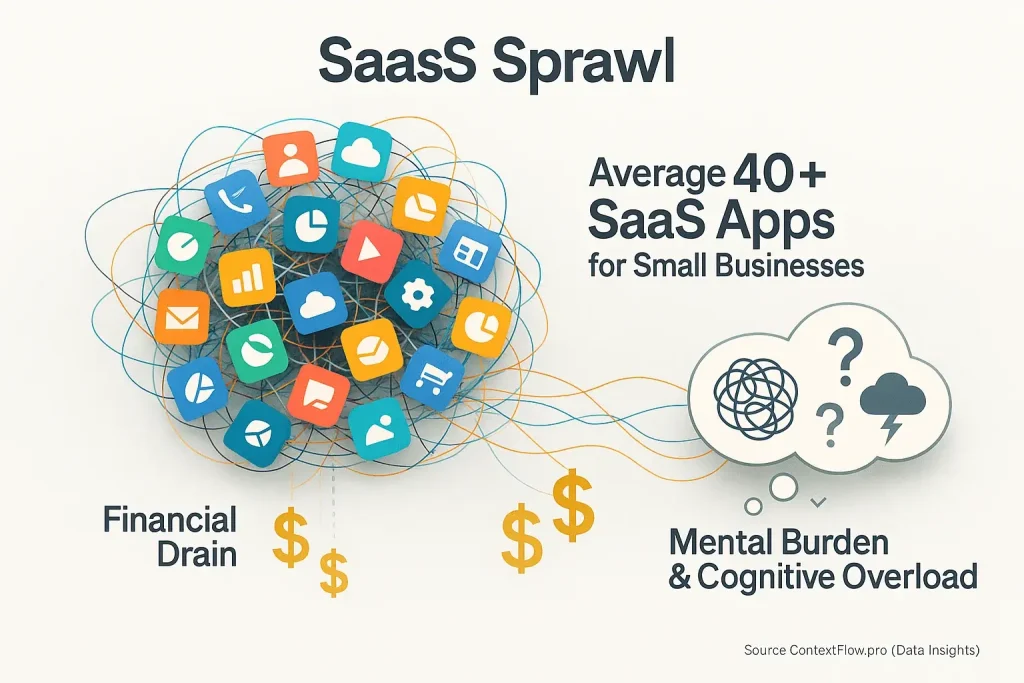Why Hybrid Meeting Etiquette Isn't Just About Politeness – It's About Productivity (User Truths)
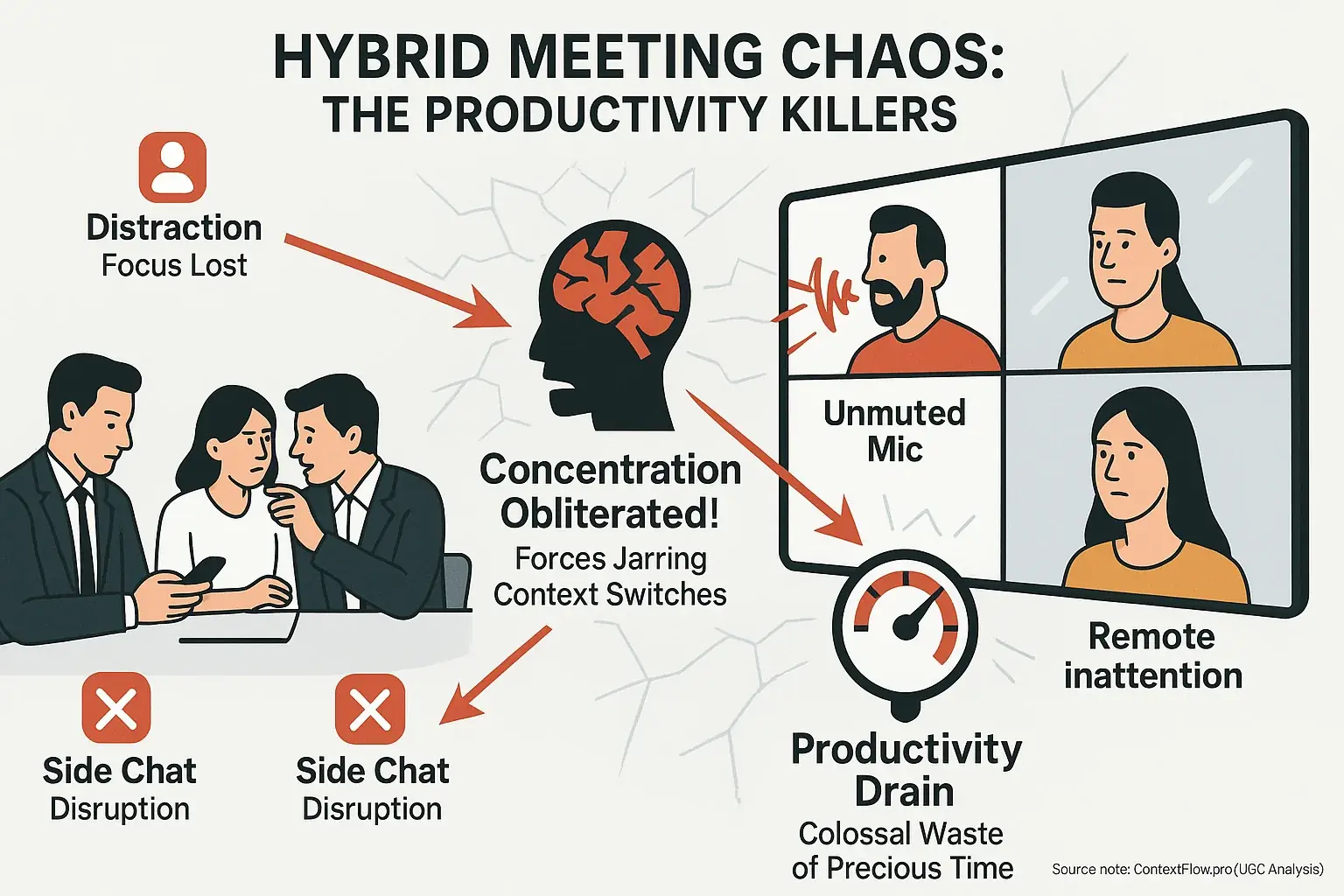
Ever endured a hybrid meeting filled with chaos? Echoes. Interruptions. Side chats. You're not alone. What many fail to grasp is this: bad etiquette isn't just impolite; it's a productivity destroyer. Some rules appear obvious. Yet, the true impact of ignoring them on individual focus and team workflow is profoundly underestimated by countless organizations.
Our analysis of user experiences consistently highlights that seemingly minor etiquette breaches, like forgetting the mute button, rank as peak frustrations. Users report these moments obliterate their concentration. They force jarring context switches. Meetings then feel like colossal wastes of precious time. Here's an unspoken truth from the hybrid trenches: the digital-physical divide dramatically magnifies these disruptions. A slight annoyance in an all-remote call transforms into a severe productivity drain when one group is in-person and another battles relentless feedback loops or feels unheard.
Effective hybrid meeting etiquette transcends mere formality. It fundamentally concerns respecting everyone's valuable time and finite cognitive energy. This respect builds a meeting environment. In this environment, ideas flow freely. Decisions are made efficiently. Crucially, participants leave energized, not depleted and frustrated by preventable friction. This is about enabling better work, together.
Mute Your Mic, Please! User-Approved Audio & Video Best Practices for Hybrid Calls
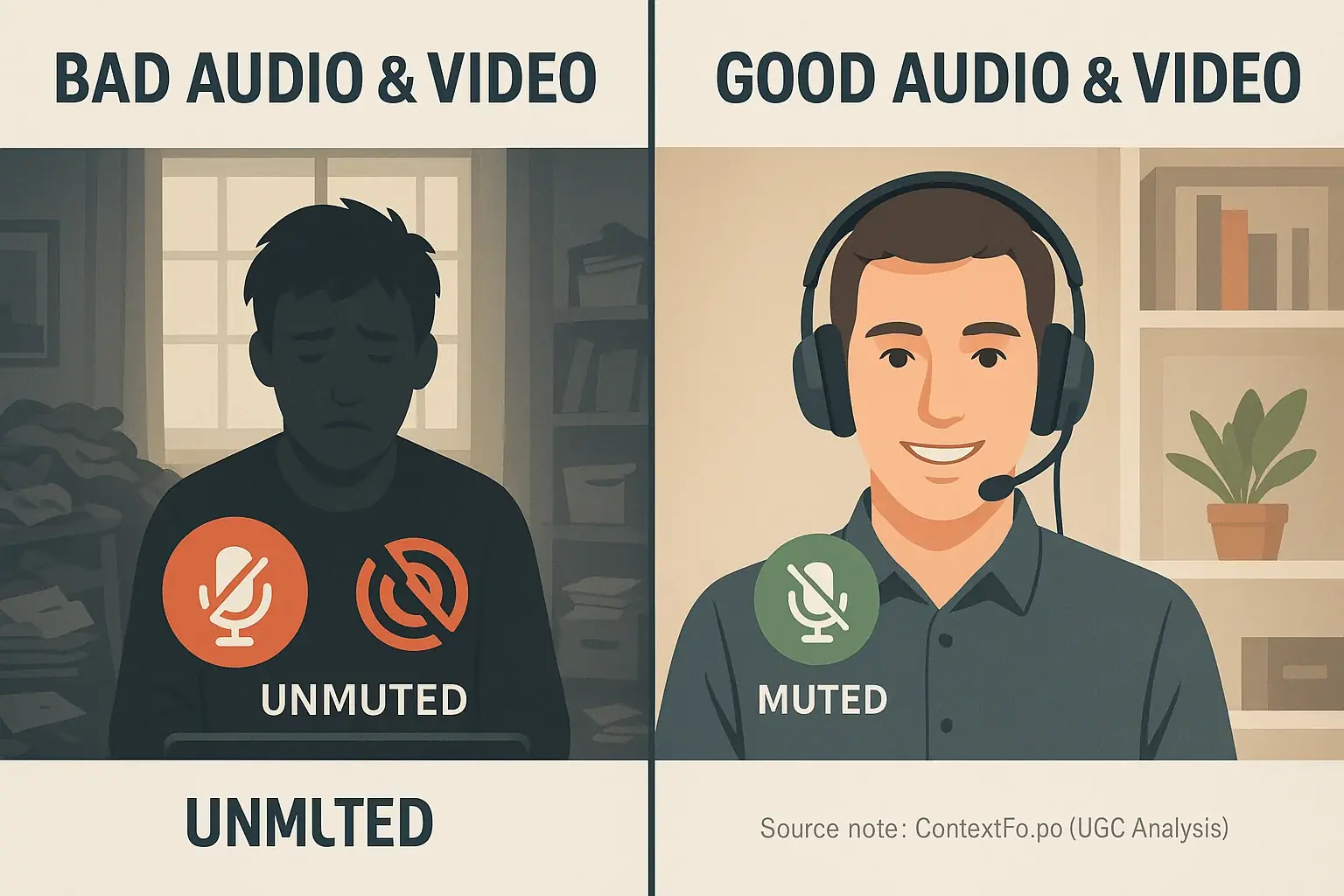
We've all been there: the dreaded echo, the sudden blast of background noise, or the person who just won't mute. These audio blunders are not just annoying. They shatter focus. Clear audio forms the foundation of productive hybrid meetings. Our UGC analysis consistently highlights poor audio as a top meeting disruptor, making it impossible for colleagues to concentrate on what truly matters.
Users share many effective audio solutions. These simple adjustments make a huge difference for everyone on the call. Consider these user-approved tips our data synthesis revealed:
- ✅ Mute religiously. If you are not speaking, mute your microphone. Users report this as the single biggest improvement to call quality. It is the golden rule.
- ✅ Use a headset. Built-in laptop mics capture excessive ambient sound. A dedicated headset drastically improves your audio clarity and significantly reduces distracting background noise.
- ✅ Test your microphone before joining. A quick audio check saves considerable collective frustration. This prevents common technical delays.
Then there is video. While sometimes optional, a clear, well-lit video feed signals engagement. It helps build vital rapport. But poor video can be just as distracting as bad audio. Our analysis of user feedback reveals these simple video enhancements that improve the experience for all participants:
- ✅ Find good lighting. Face a window or soft light source. Avoid strong backlighting. Your colleagues want to see you, not a silhouette.
- ✅ Tidy your background. Users definitely notice cluttered spaces behind you. A clean, professional backdrop helps everyone focus on the meeting content, not your laundry pile.
- ✅ Position your camera at eye level. Stack some books under your laptop if needed. Looking up at your nose is not anyone's favorite view, a common user complaint.
Don't Talk Over Others: Navigating Participation in Hybrid Meetings (User-Tested Rules)
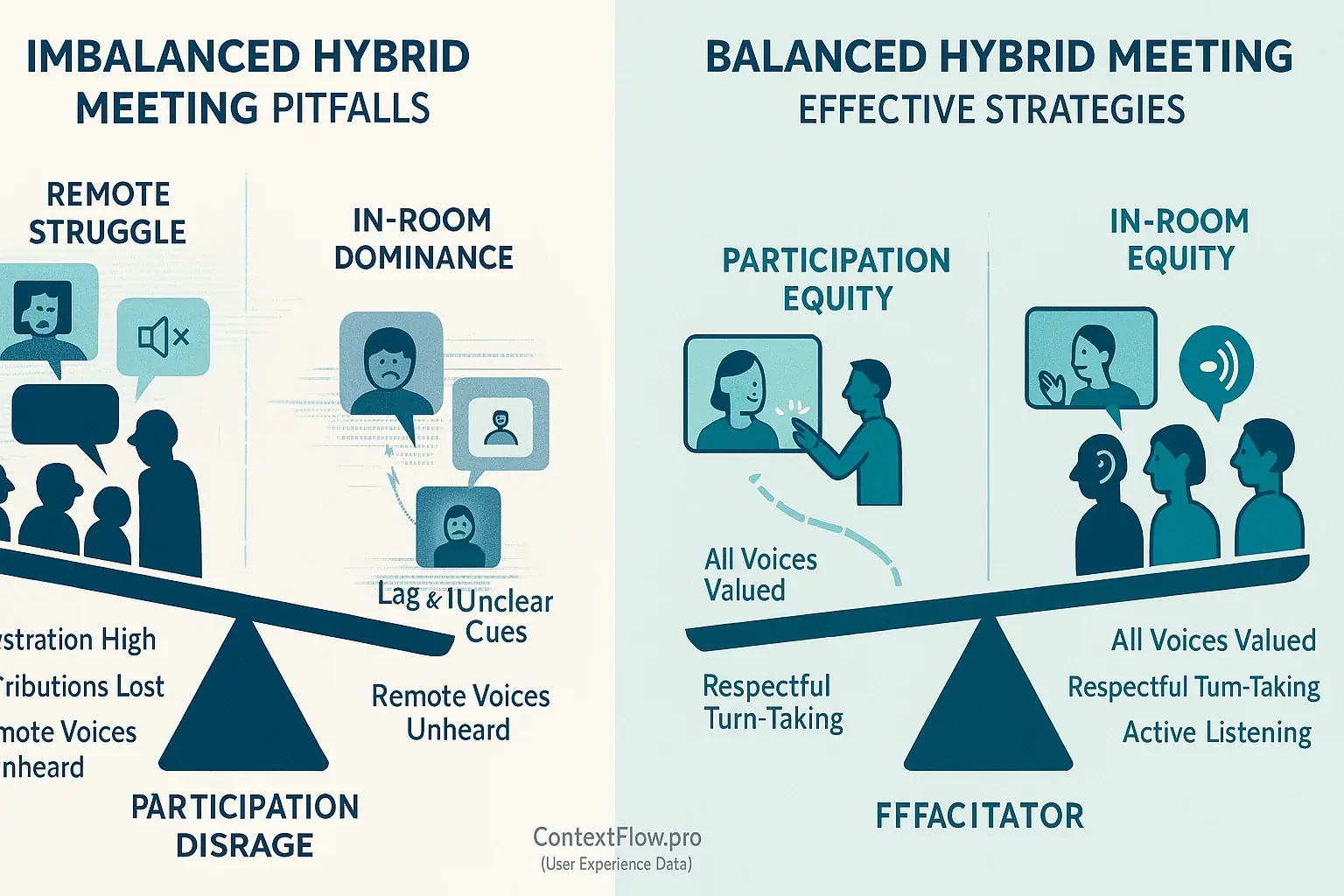
It happens. Someone speaks. Another person starts. Suddenly, an awkward digital duel begins. Hybrid meetings amplify this specific issue. Lag complicates timing. Visual cues are often unclear. This common scenario leads to intense frustration. Valuable contributions get lost. Our analysis of user experiences confirms this widespread pain point.
Users have found effective strategies. Smooth participation is achievable. Consider these user-tested rules:
- ✅ Use the 'raise hand' feature. Many users find this simple digital cue invaluable. It helps signal speaking intent without interrupting.
- ✅ Wait for a clear pause. Resist the urge to jump in immediately. A slight delay helps avoid overlaps, especially for remote participants.
- ✅ Acknowledge others politely. If you accidentally interrupt, a quick 'Sorry, go ahead!' makes a huge difference. Users appreciate this courtesy.
These small actions foster better turn-taking. They build mutual respect within teams.
Remote attendees often feel unheard. This is a frequent complaint in user feedback. In-room conversations can easily dominate. Virtual voices struggle for attention. Following the discussion becomes difficult. Contribution feels impossible. Facilitators and in-office colleagues must actively bridge this digital-physical divide. Here’s how:
- ✅ Facilitators, actively invite remote input. Ask directly: 'Maria, what are your thoughts here?' This practice ensures everyone has a chance to speak.
- ✅ In-room attendees, monitor your side conversations. A quiet whisper in the room can be a loud distraction online. This awareness markedly improves remote participation.
Mindfulness from all participants cultivates inclusivity. Every voice deserves to be heard clearly.
The Chat Storm: When Meeting Chat Becomes a Distraction (User Warnings & Best Practices)
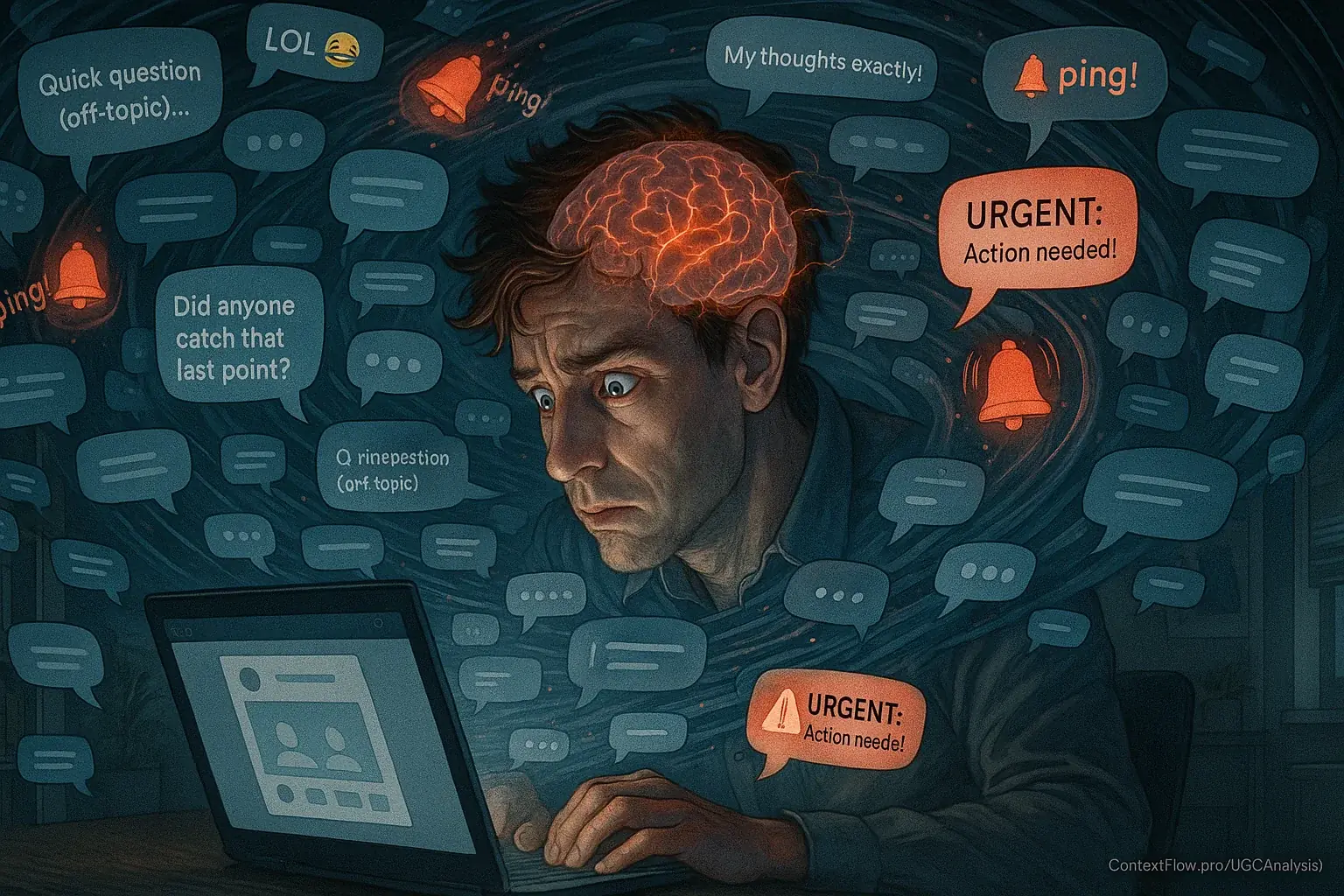
Meeting chat can offer great utility. It shares links. It allows quick questions. But when chat devolves into a constant 'ping-fest' with numerous side conversations, it becomes a significant distraction. Our UGC analysis reveals users widely identify this 'chat storm' as a silent killer of focus during hybrid meetings. Constantly monitoring an active chat while trying to absorb spoken information heavily taxes cognitive resources. Effective participation plummets.
What fuels this distracting storm? User warnings consistently highlight common missteps. These behaviors disrupt everyone's concentration and information flow.
- ❌ Side conversations. If a discussion is not relevant to all attendees, take it offline. Users report these parallel chats are distracting and often feel exclusionary.
- ❌ Live-blogging the meeting. Avoid typing out every thought or reaction as the meeting progresses. This creates a secondary, often distracting, narrative for others to follow.
- ❌ Urgent messages solely in chat. Critical information or urgent action items get easily lost in a fast-moving chat scroll. Important points demand voice or a dedicated follow-up channel.
So, how do you tame the chat storm? Our analysis of user experiences shows clear guidelines make a real difference. Users have found the following practices help restore order and purpose to meeting chat.
- ✅ Use chat for its strengths: sharing links and asking quick, clarifying questions. "Here is the link to the Q3 report." "Quick question: what was the final deadline discussed for Project Alpha?" These are perfect for chat.
- ✅ Designate a 'chat monitor' for the meeting. One person can field questions from the chat. They bring key points or common queries to the speaker’s attention at appropriate moments. This prevents constant notification pings for the group.
- ✅ Establish clear chat etiquette upfront. Define when chat is appropriate. Clarify when participants should speak instead. Setting these expectations early prevents much confusion and misuse.
Respect the Clock: Punctuality, Brevity & Other Time-Saving Hybrid Meeting Rules (User Demands)
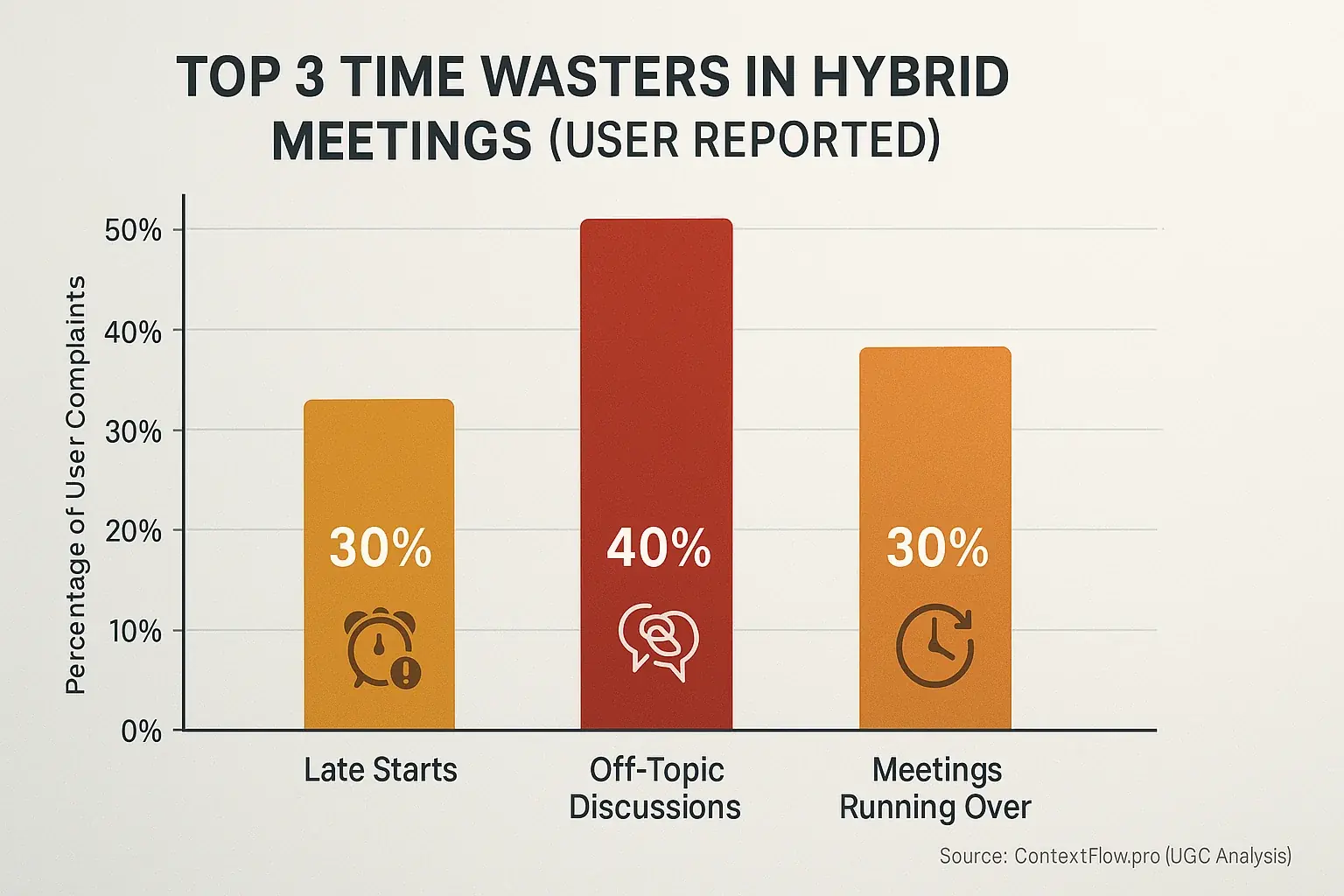
Time is precious. Hybrid work often fragments schedules; every minute counts. Users consistently demand meetings start on time. They expect meetings to end on time. Agendas must be respected. Punctuality signals fundamental respect for colleagues' schedules and their focus. This is a non-negotiable for efficient hybrid collaboration.
A meeting starting late saps energy. Meetings dragging on endlessly cause similar depletion. Our analysis of user feedback reveals off-topic discussions are major culprits. A lack of clear outcomes also contributes significantly to perceived 'wasted time'. Professionals report that meetings overrunning by even ten minutes can derail an entire block of planned deep work. This consistent user sentiment underscores the high cost of poor time discipline in hybrid environments.
User experiences demand clear rules for time efficiency. These principles directly impact productivity. Professionals value them highly. Consider these user-demanded guidelines:
- ✅ Be on time. If the meeting starts at 9:00, be ready at 9:00; users find waiting for latecomers incredibly frustrating.
- ✅ Stick to the agenda. A clear agenda acts as your roadmap. Table topics not on it for another discussion, ensuring users appreciate the maintained focus.
- ✅ End on time, or even early. If the meeting's objectives are met, conclude it. Do not extend discussions simply because time remains; users consistently report valuing reclaimed minutes.
Are You a Hybrid Meeting Etiquette Master? Take Our Self-Grader Quiz!
Rate Your Hybrid Meeting Habits:
1. Do you consistently mute your microphone when not speaking, especially when there's background noise?
2. Do you ensure good lighting and a tidy background for your video calls?
3. When you want to speak, do you wait for a natural pause or use the 'raise hand' feature?
4. Do you avoid having side conversations in the meeting chat that aren't relevant to everyone?
5. Do you join meetings on time, or at least within the first minute?
6. Do you try to keep your contributions concise and to the point, respecting the agenda?
You have assessed your hybrid meeting habits. The real work begins now: applying these insights. Small adjustments to your audio, video, or participation can make a big difference for everyone on the call.
Remember, etiquette fosters an environment of respect and efficiency. It is not about rigid rules. When everyone commits to these unspoken guidelines, meetings transform. They evolve from a chore into a productive, collaborative space.
Beyond the Rules: Building a Culture of Respect in Hybrid Meetings
Ultimately, hybrid meeting etiquette isn't a mere checklist. It's a living, breathing commitment by everyone. This commitment fosters a culture of profound respect and efficiency. It also nurtures genuine human connection within teams. Every participant directly influences the meeting's success.
When all participants commit to these 'unspoken rules,' meetings change. This means listening actively. It means managing distractions mindfully. It means valuing each other's precious time. Hybrid meetings then stop being a source of collective dread. They become powerful hubs for focused collaboration, creative innovation, and seamless context flow.

